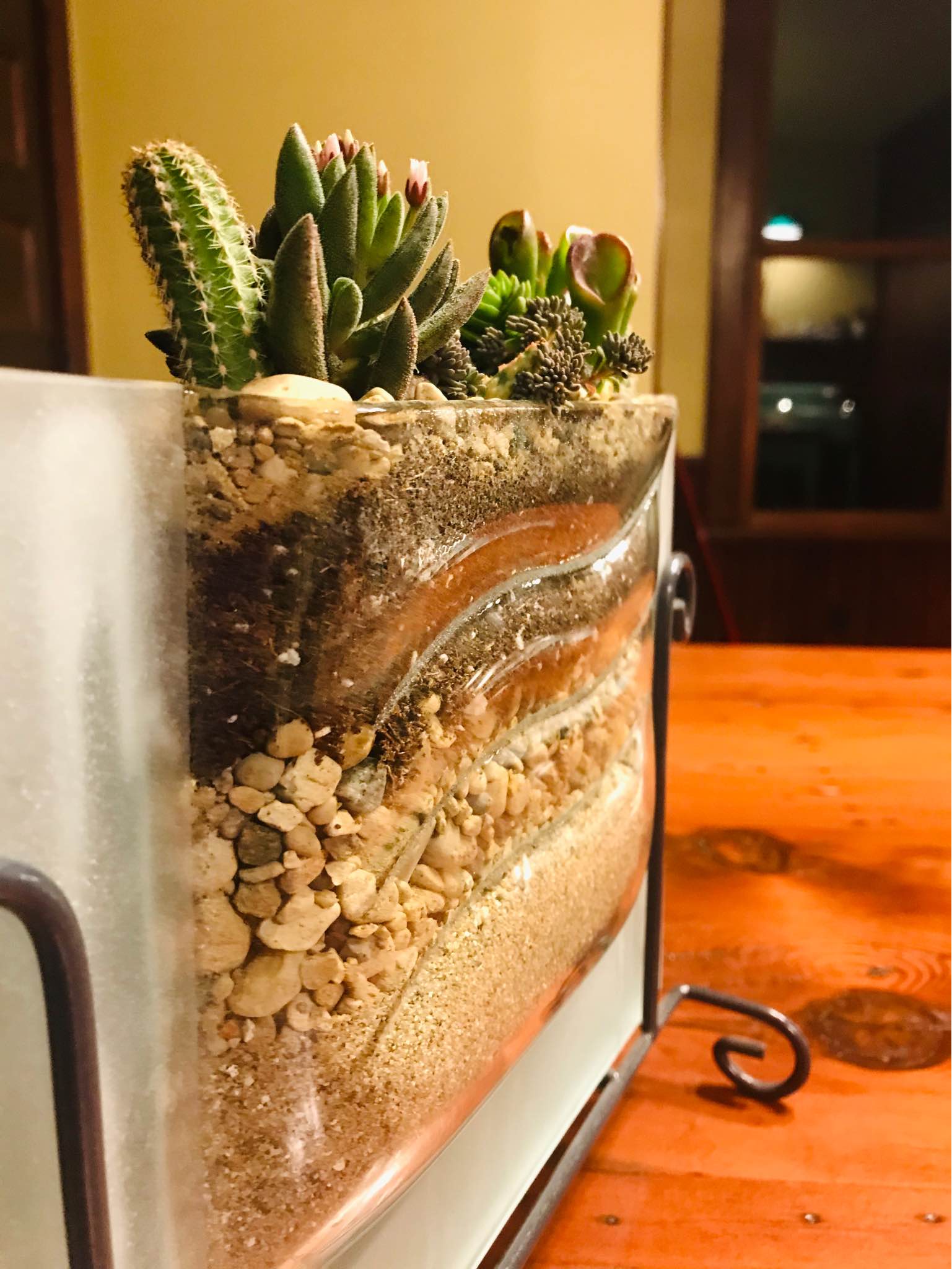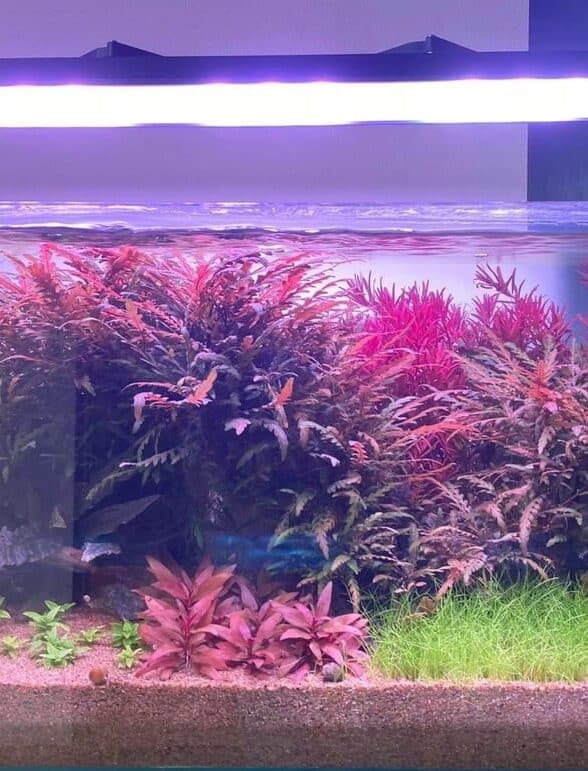Do you want to beautify your garden with plants and have all the materials and containers ready but have confused about choosing sand for plants?
That said, the sand promotes the growth of shrubs and bulbs such as Hibiscus and Tulips with fruits like Strawberries and Papaya, including other plants.
If you are new to sandy soil, you may need more effort to experiment with your plant, but luckily, you have found this article to save time and effort!
Table of Contents Show
Is Sand Good for Plants?
Sand or sandy soil is best for potted or garden succulents and cacti, as these plants need well-draining soil.
But sand might not be a good option if you plan to have a garden filled with roses and jasmine.
The soil with a high amount of sand allows aeration of the plant roots and prevents water stagnation. However, the sandy soil is suitable for plants having deep root systems, demanding less water.
So better to use the sand for kitchen gardening with vegetables like potatoes, carrots, radishes, onions, beet, zucchini, and lettuce.
If you want to build a flower garden, choose bright, colorful flowers like Lavender, Bearded Iris, Phlox, Rosemary, Butterfly weed, and Cosmos, as they can thrive well in dry, drought conditions.
Not to remind you, everything has its pros and cons so does sandy soil. Let us find it out!
| Advantages | Disadvantages |
|---|---|
| Sands have large particles useful for reducing the compactness of soil when mixed with clayey soil. | They cannot hold nutrients. |
| Sand allows percolation of water and make the potting soil well-draining. | Sandy soils are highly acidic. |
| Sands warm up easily and quickly even in short duration of sunlight. | They lack water retention property so are not good for hydrophilic plants. |
| Sandy soil allows growth of the root, deep down to the ground. | Sandy soils need regular check for moisture and fertilizer content and are tedious to look after. |
When to Use Sand for Gardening?
Gardening is never easy, but if you have passion, choose the best soil for your plants, as it is the only base for their rapid growth.
If your choice is sand, do not use it alone, as it will increase productivity when used in a mix with other soil, mainly clay, but it depends on the plant you choose to grow, as succulents love sandy soil.

Let’s understand the use of sand for gardening.
- Mix the sand with compost or peat at the seeding time as it will provide a soil-less mixture, allowing a well-drained medium with air circulation for growth.
- The container soil compacts over time, so to loosen the ground, you can add one part of sand to your potting mix and a 50-50 ratio of sand and peat for cacti and succulents.
- It works best to loosen up heavy soil like clay, as roots cannot expand in tight soil, and adding sand provides porosity to the ground.
- Add sand with a pitchfork or aerator to the lawn to cure the hardening of the soil due to waterlogging conditions.
What Kind of Sand is Good for Gardens?
Sand sounds like a general term for most of us, having the same quality as a single term, but it has a variety instead.
The options are vast for you to choose from for your garden. Let us know the types that it offers!
1. Horticultural Sand
The best sand for most garden plants is horticultural sand, which is sharp, coarse, and gritty, containing small and large particles.
Because of the bigger particle size than clayey soil and smaller than granules, horticultural sand allows aeration and proper drainage and establishes itself as the ideal sand for your garden.
Moreover, the sand can uphold the nutrients compared to other soil types.
2. Builder Sand
Another sand for indoor plants and gardening you can count on is the builder sand, preferred by most gardeners for their potting mix to their raised beds.
If you plan to establish a garden full of floras, try builders’ sand, as it is readily available and more accessible for you to cope with because of its coarse texture.
3. Play Sand
Play sand has similar properties to clay soil, forming a lump and blocking water flow to the deep roots.
Do not use play sand for your succulents or any indoor plants, as it does not work well for your potting mix since it will cause waterlogging, affecting the roots of the plant.
However, it can be a good option for molded art and children to play with because of its fine texture.
4. Beach Sand
Moving further into the type of sand, beach sand can be a good option for gardening if you live near a coastal area.
But remember to provide them with enough compost and fertilizer to balance the high salt in the beach sand.
Try washing off the sand with fresh running water using a muslin cloth to remove salts.
5. Aquarium Sand
Colorful sands for an aquarium will add to the beauty of submerged plants like Java ferns and Hornworts.
Black sands are suitable for water plants, as they promote the abundance of bacteria that decompose the wastes in water.
But, using excessive sand harms plants because their roots can’t grow enough due to the compactness of the sand.

Note! River Sand and Silica Sand are also the type of sand whose granules are bigger than sugar size, allowing water to flow to the deep roots.
How do you Mix Sand for Plants?
After knowing the types, you are ready to understand the standard quantity of sand a plant demands from its growing base.
The sand amount differs according to the plant, as drought-resistant plants like Pinguicula and Pygmie Sundew love sandy soil, while Daylily, Asters, and Coneflowers loathe sands.
You can try some of the amendments to make the sand suitable for every type of plant.
- Add compost mainly of plant origin or manure to increase the sand’s nutrition and water retention ability.
- You can mix 20% of river sand with the potting mix as a substitute for perlite for plants like succulents and roses and 50% for cactus and Adenium plants.
- Mixing the silica sand in the potting mix of plants like epiphytes, air plants, and bonsai helps improve the soil’s drainage.
- Apply mulch over the garden plant if you have sandy soil, as it will prevent excess ground warming and evaporation.
- Use rotting material over sandy soil to improve the water-holding capacity.
- Add coconut coir to the sandy soil as it quickly gets mixed with the sand and helps hold nutrients to a certain degree.
- Adding granular fertilizer with a 10:10:10 ratio of N: P: K will fill the spaces between the sand particle, but remember to cover them to prevent erosion.
Where to Buy Sand for Plants?
Choosing the best sand for your gardening and indoor plants ensures that your hard work will be fruitful in under-maintained conditions.
But searching over the internet for the best sand can be tedious. So here is a list of sand for plants for sale online.
| Products | Specification |
|---|---|
| Rock-It Direct LLC Sand | Neutral pH with grains size ranging from 2 mm to 5 mm Improves water drainage and aeration of soil |
| Pure Original Ingredients Potting & Garden Sand | Screened and washed sands with no other additives |
| Mosser Lee Sand | Convenient to work with and used as decorative in vases and terrariums. Helps to preserve moisture and loosens the compact soil |
| Hoffman Sand | A decorative soil cover and rocks have pores that helps in absorption of water |
| Calibonsai Coarse Sand | They have neutral pH and are good for Cactus, Bonsai, Succulents. |
You may also need watering cans if you own a jungle of houseplants.
From Editorial Team
In Conclusion!
Understanding sand’s types and qualities, like acidity and spontaneous percolation with proper aeration in the soil, helps you select the best plants for your garden.
Sand might contain diseases and pests within them, so don’t forget to decontaminate them before planting.
Finally, enjoy your time reviewing the uses of sand and growing the best plants!


